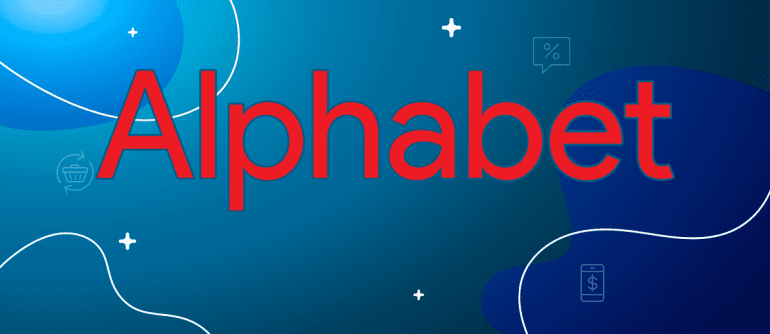- Alphabet surpasses analysts’ expectations with a 15% revenue growth in Q1, driven by a 20% increase in YouTube ad sales.
- Ruth Porat, Alphabet’s finance chief, expresses satisfaction with the momentum of the company’s ads businesses, highlighting broad-based growth in search.
- Following the earnings report, Alphabet’s shares surged by 12% in after-hours trading, pushing its market cap past $2 trillion.
- Google Cloud revenue jumps 28% year-over-year, demonstrating substantial profits from AI investments.
- Sundar Pichai remains confident in leveraging AI to enhance search capabilities, emphasizing early successes in the U.S. and the U.K.
- Alphabet announced its first-ever quarterly dividend of 20 cents per share and plans to repurchase an additional $70 billion in stock.
Main AI News:
Alphabet entered its earnings announcement on Thursday amid worries regarding the trajectory of its primary Google advertising segment and its capacity to derive returns from significant investments in artificial intelligence.
For the time being, Alphabet assuaged apprehensions on Wall Street.
The tech giant surpassed analysts’ projections, unveiling a 15% surge in revenue for the quarter, marking the most rapid expansion since early 2022. Notably, YouTube ad sales surged by 20%, surpassing expectations.
Amidst uncertainties surrounding Google’s online advertising future, particularly with emergent AI services like OpenAI’s ChatGPT, Alphabet’s finance chief, Ruth Porat, expressed contentment during Thursday’s earnings call, emphasizing the broad-based growth of search.
Following the announcement, Alphabet shares soared by 12% in after-hours trading, propelling the company’s market capitalization beyond $2 trillion. Prior to the report, the stock had already surged by 12% for the year, outpacing the Nasdaq Composite but lagging behind competitors such as Meta, Nvidia, and Amazon.
The first-quarter results underscored a resurgence in the core advertising business following a challenging period in 2022 and 2023, where brands tightened spending amidst escalating interest rates and inflation concerns. This revival in growth extends across the digital ad sphere, with Meta reporting a 27% surge for the quarter, the swiftest since 2021, and Snap registering a 21% growth, reminiscent of early 2022 levels.
In response to mounting competition and the evolving AI landscape, Alphabet initiated cost-saving measures last year, anticipating slower ad growth and heightened AI expenditure. The company’s strategic maneuvers seem to be paying off, with substantial revenue growth in Google Cloud, bolstered by AI technologies.
CEO Sundar Pichai remains optimistic about leveraging AI to enhance search functionalities, citing early successes in the U.S. and the U.K. Pichai emphasized the company’s ability to balance expenditure management with AI tool monetization in forthcoming quarters.
To underscore its financial strength, Alphabet announced its inaugural quarterly dividend of 20 cents per share and unveiled plans to repurchase an additional $70 billion in stock.
With Q1 performance setting a high bar, Alphabet faces the challenge of sustaining momentum amid escalating expectations, particularly as competitors intensify the rollout of generative AI products. Furthermore, the company confronts a couple more quarters of challenging growth comparisons.
“We’re in a new cost reality,” remarked Prabhakar Raghavan, a senior vice president overseeing the search, emphasizing the need for enhanced efficiency amidst heightened spending on generative AI technologies.
Conclusion:
Alphabet’s robust performance in Q1, fueled by strong revenue growth and promising developments in AI, underscores its resilience in the competitive market landscape. The company’s ability to exceed expectations and generate substantial profits from AI investments positions it favorably for future growth and innovation, bolstering investor confidence and setting a positive tone for the tech industry as a whole.

